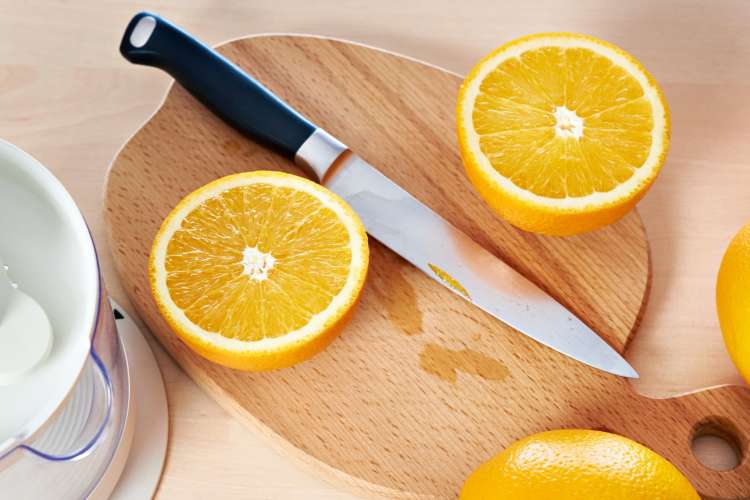The culinary world is a vast domain where the precision of tools can often mean the difference between a good dish and a great one. Among the essential tools in a chefs arsenal is the Japanese deba knife, known for its robustness and versatility. The question arises, what is a Japanese deba knife used for? This article delves into the practical applications and significance of this unique knife in professional kitchens.
A Japanese deba knife is traditionally used for breaking down fish, though its usage extends far beyond that. It's designed to seamlessly handle the heavy-duty tasks of cutting through fish bones or filleting fish, and it's equally adept when it comes to slicing and dicing poultry. For chefs and kitchen professionals, the deba is not just a tool; its an extension of their skill and expertise in the culinary arts.

Historical Significance and Design
The deba knife has its origins in Japan, where it was first developed to meet the needs of fishmongers and sushi chefs. Its design is optimized for precision and ease, characterized by a thick spine that provides it with the strength to cut through tough materials while maintaining a sharp edge.
The design of kitchen knives often impacts their function, and the deba is no exception. Its thick blade tapers to a fine point, making it ideal for making precise cuts that are essential in preparing delicate dishes.
Key Uses of the Japanese Deba Knife
1. Filleting Fish
As most kitchen professionals know, the primary use of a deba knife is in the preparation of fish. It allows chefs to effortlessly fillet fish, providing a clean and efficient cut without damaging the delicate texture of the meat. The thickness of the blade makes it incredibly effective in cutting through fish bones.
2. Poultry Preparation
Beyond seafood, the deba excels in handling poultry. Its sturdiness makes it suitable for cutting through cartilage and small bones, which is why it is often preferred for de-boning chicken and other birds.
3. Precision Vegetable Cutting
Although not as common, the deba is occasionally used for vegetable preparation, especially when the task requires precision and power. It can easily manage root vegetables that are harder to cut with lighter knives, showcasing its versatility in a professional kitchen environment.
Maintenance and Care
A well-maintained deba knife can serve kitchen professionals for many years. Proper care includes regular sharpening to maintain its edge, and appropriate cleaning techniques to ensure hygiene and longevity.
An article from WikiHow explains effective cleaning methods for keeping your knife in pristine condition.
Interesting Comparisons
If you are interested in how the deba compares to other renowned kitchen knife brands, you might want to check the suitability of the Sencut or the reliability of the Cutco brand.
Why Choose a Deba Knife?
The decision to utilize a specific knife often depends on the nature of the culinary task. The Japanese deba knife stands out due to its durability, capability to handle heavy-duty tasks, and precision in making clean cuts. For professionals who regularly deal with fish and poultry, the deba is often indispensable, combining tradition with utility.
Conclusion
Understanding what a Japanese deba knife is used for underscores its importance in not just Japanese cuisine but in any kitchen that values precision and efficiency. Its unique construction provides versatility that meets the diverse demands of professional kitchens.

Frequently Asked Questions
Is a deba knife only used for fish?
While the primary use is for fish, a deba knife is also excellent for poultry and even certain vegetables due to its robust design.
What should I consider when buying a deba knife?
Look for a knife with a comfortable grip, a well-balanced design, and durable material. High carbon steel is ideal for its sharpness and durability.
How do I maintain my deba knife?
Regular sharpening and proper cleaning are key. Avoid washing it in the dishwasher; instead, hand wash and dry it immediately to prevent rust and maintain its quality.
To explore more about the best Japanese knives, take a look at this comprehensive guide on the top Japanese Santoku knives available today.
This article contains affiliate links. We may earn a commission at no extra cost to you.


























